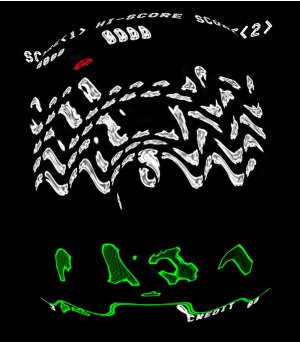Update: Arranged for saxophone quartet
A new work has just been completed: Video Game Dreaming for clarinet quartet (1xEb, 2xBb, bass clarinets). It is a work in three movements with a duration of approximately 14 minutes. It was composed for the Clarity4 clarinet quartet, an excellent ensemble based in Canberra.

Here are the programme notes.
i. Start Select Pause Reset
ii. Gamer’s Hypnagogia
iii. GameBoy Music
Video Game Dreaming is a work written in response to video games, their characteristics and their effects upon our everyday lives. For the past 30 years or so of my life I have been an avid player of video games, going right back to the advent of Pong and Space Invaders in the late 1970s through to the first-person shooter and real-time strategy games of the current day. To some people, video games are a waste of time, whereas for others, they are an intriguing, addictive form of relaxation and even social interaction.
This piece is in three movements. The first, “Start Select Pause Reset”, refers to the buttons found on the controllers of many video game consoles. Each of these buttons interrupts and alters the flow of the game in progress, just like the music in this movement is segmented and interrupted. The term “hypnagogia” refers to the state (and hallucinations) between waking and sleep, and provides the inspiration for the second movement. One problem with playing too many video games is the difficulty of sleeping afterwards, with images from the games constantly flooding your mind, uninvited. It is as if the game is still playing in one’s brain without conscious control. The final movement, “GameBoy Music”, takes as its starting point the idea of a malfunctioning video game, perhaps a hand-held game in which the batteries have gotten wet.